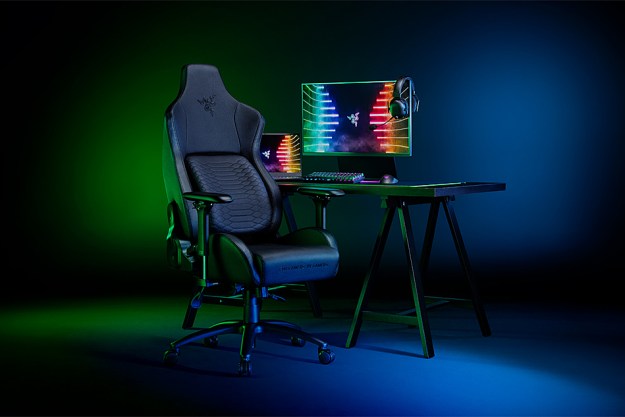
Qihoo 360’s latest P1 wireless router, an upgrade to the company’s existing line, has three settings: wall penetration, balance, and “pregnant women.” The latter mode, claims Qihoo 360, reduces emitted radiation by 70 percent. Xiaomi, which released a wireless router of its own that offers six terabytes of storage, isn’t too thrilled by the “pregnant women” mode.
Through a post on social media site Weibo, Xiaomi accused its competitor of fear-mongering in an attempt to sell more routers. “The so-called pregnancy mode is just a marketing tactic,” wrote Xiaomi. “Wi-Fi usage is safe, so please rest assured when using it.”
The main problem here is there seems to be no scientific evidence that proves electromagnetic hypersensitivity, or EHS, to be a legitimate diagnosis, regardless of whether people believe such a thing is real. The World Health Organization (WHO) arrived at the conclusion that low-level electromagnetic fields, such as the field emitted by wireless routers, are safe.
“Based on a recent in-depth review of the scientific literature, the WHO concluded that current evidence does not confirm the existence of any health consequences from exposure to low-level electromagnetic fields,” wrote the organization.
In addition, according to the international organization, while the symptoms may be very real, there has been no scientific basis or diagnostic criteria to conclude that EHS should be a medical diagnosis, based on a number of studies done on the purported affliction.
That doesn’t keep people from claiming to have it, though. One U.K. resident resorted to covering her home in anti-radiation paint in the hopes of diminishing her EHS. Proponents of EHS claim that at least five percent of Americans suffer from the alleged affliction, which includes symptoms such as headaches, muscle twitching, skin burning, and constant pain due to electromagnetic fields from mobile phones, wireless routers, and other similar products.
It seems similar claims occur in China, too, and Qiboo 360 wishes to take advantage of it. This is no fly-by-night operation, either. Qiboo develops China’s most popular anti-viral software, and has about 500 million users. The company’s router is the equivalent of McAfee producing a Wi-Fi adapter and selling it under claims of reducing male infertility. It’ll be interesting to see if Qiboo backs down, though at this time it appears the company have paid no attention to Xiaomi’s complaints.


